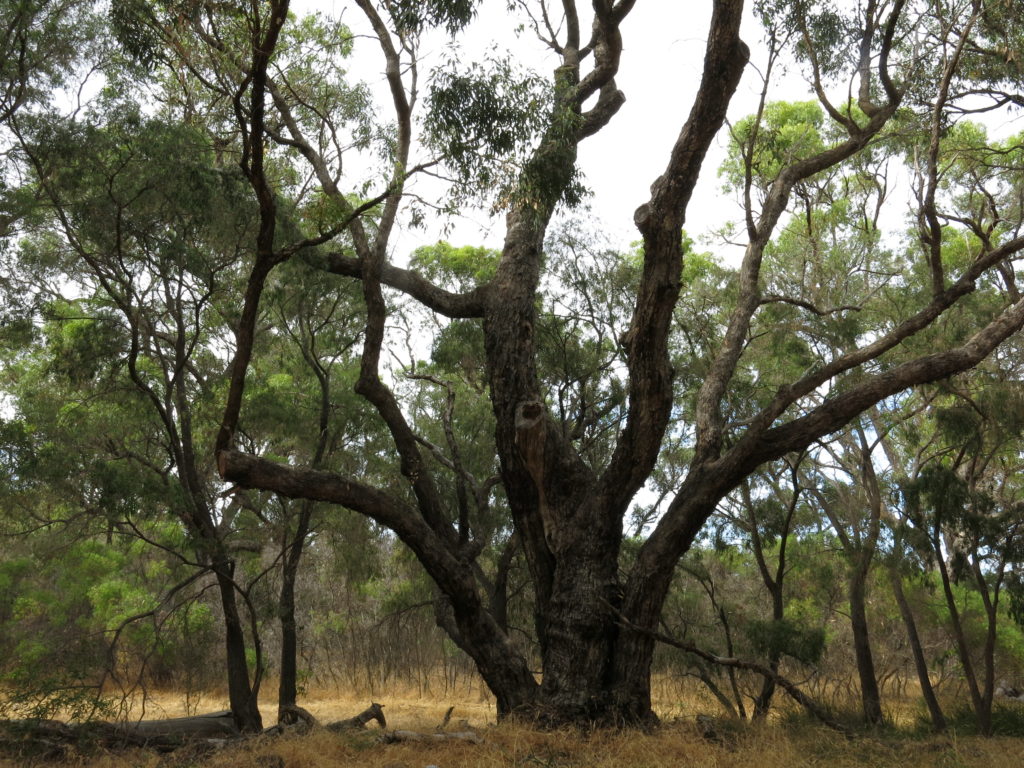
“I’m not sure if they are even alive” – child, aged 6.
“They have to be in the water to be alive” – another child.
“To appreciate the agencies of nature and materiality, not only do we
need to appreciate the very differing forms of beings and processes in which they are articulated, but also the very differing velocities and rhythms they might be operating in. Places are ‘where spatial narratives meet up or form configurations, conjunctions of trajectories which have their own temporalities’ (Massey,2005: 139)” (Jones and Cloke, 2008, 87)


The failure to articulate non-human agency within its own ecological time-scales as well as in its own places has made it difficult to grasp the notion of non-human agency within extant and more anthropocentric views of agency” (Jones and Cloke, 2008, 82, original emphasis)

“Water pushes fossils down and layers get on top but they need to get a bit older to push down” – child, aged 6.
“Air and water are not objects that act. They are material media in which living things are immersed, and are experienced by way of their currents, forces and pressure gradients” (Ingold, 2008, 212)


References
Ingold, T. (2008). When ANT meets SPIDER: Social theory for arthropods. In C. Knappett & L. Malafouris (eds.), Material agency: towards a non-anthropocentric approach. Springer, Boston , MA.
Jones, O., & Cloke, P. (2008). Non-human agencies: trees in place and time. In Knappett, C. & Malafouris, L. (eds). Material Agency: Towards a Non-Anthropocentric Approach (pp. 79-96). Springer, Boston, MA.
Massey, D. B. (2005). For space. Sage, London, Thousand Oaks, New Delhi.
